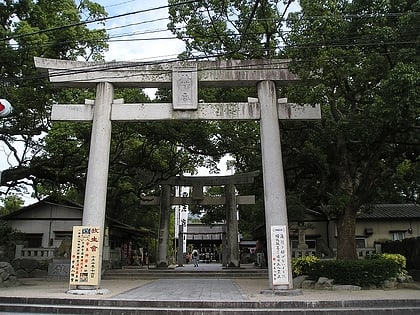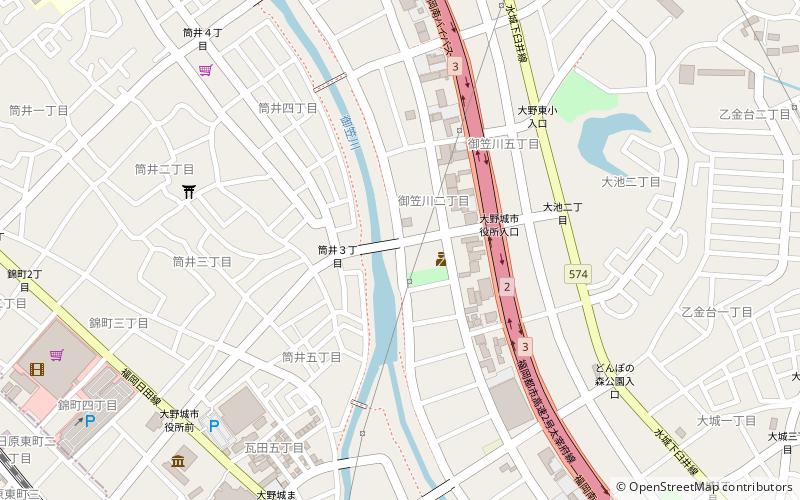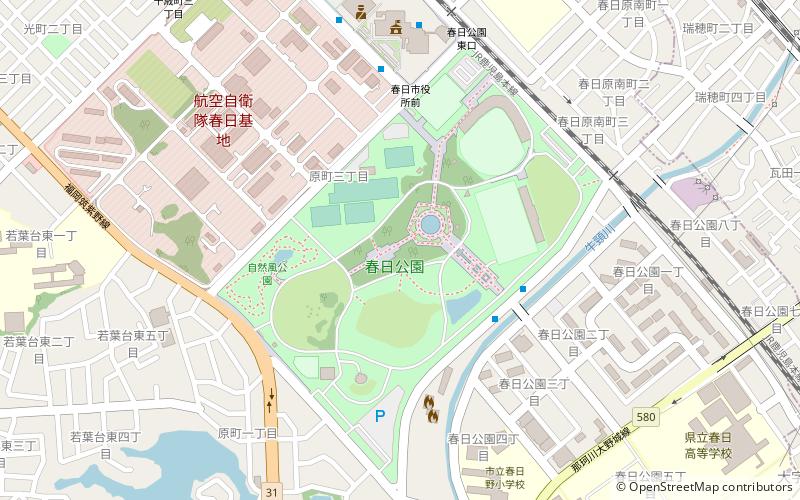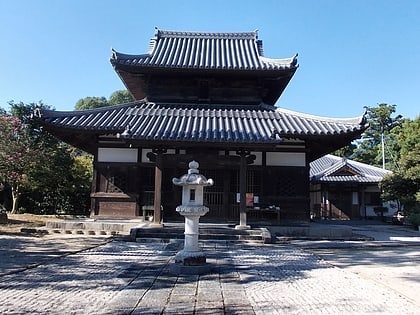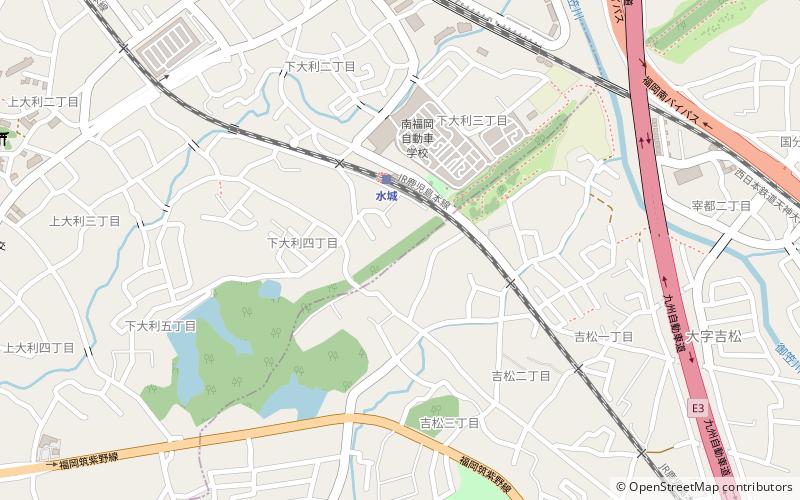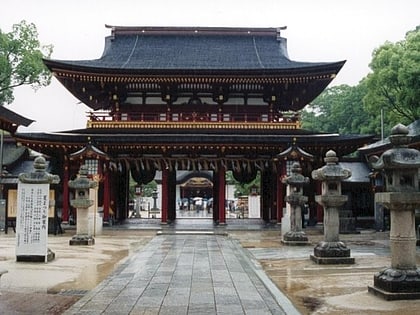Umi Hachiman-gū, Fukuoka

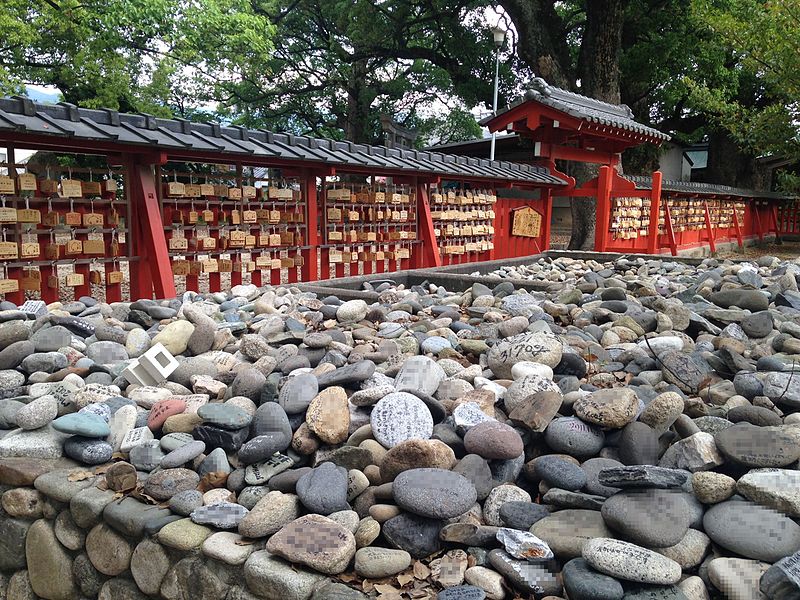
Facts and practical information
Nestled in the vibrant city of Fukuoka, Japan, the Umi Hachiman-gū Shrine stands as a serene sanctuary and a testament to the region's spiritual heritage. This Shinto shrine, though less renowned than its counterparts in other parts of Japan, offers a tranquil retreat amidst the bustling urban landscape.
The shrine is dedicated to Hachiman, the god of war and the divine protector of Japan, who is also revered as a god of peace and prosperity. Umi Hachiman-gū is particularly significant to the local community, as it serves as a venue for traditional festivals and rituals that have been passed down through generations.
Visitors to Umi Hachiman-gū are greeted by a torii gate, which marks the transition from the mundane to the sacred. The shrine complex is characterized by its classic Japanese architecture, featuring wooden structures with gracefully curved roofs, adorned with chigi and katsuogi, distinctive elements of Shinto shrine design.
The grounds of Umi Hachiman-gū are meticulously maintained, showcasing manicured gardens that change with the seasons, providing a picturesque backdrop for reflection and worship. The shrine's atmosphere is one of serenity, inviting guests to partake in the age-old practice of purification at the temizuya water pavilion before approaching the main hall to pay their respects.
Throughout the year, Umi Hachiman-gū hosts a variety of events and festivals that highlight the cultural richness of Fukuoka. These include the vibrant spring festival, which celebrates the beauty of cherry blossoms, and the autumn festival, which honors the harvest season with dances, music, and processions.
Umi Hachiman-gū – popular in the area (distance from the attraction)
Nearby attractions include: Dazaifu Tenman-gū, Best Denki Stadium, Dazaifu, Kyushu National Museum.
Frequently Asked Questions (FAQ)
How to get to Umi Hachiman-gū by public transport?
Train
- Umi (7 min walk)
- Shinbaru (16 min walk)
